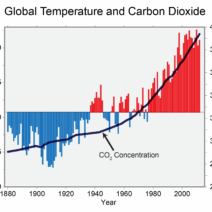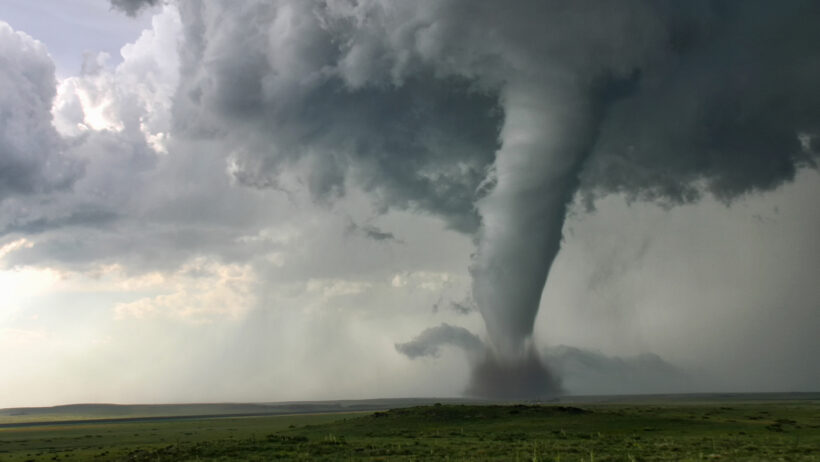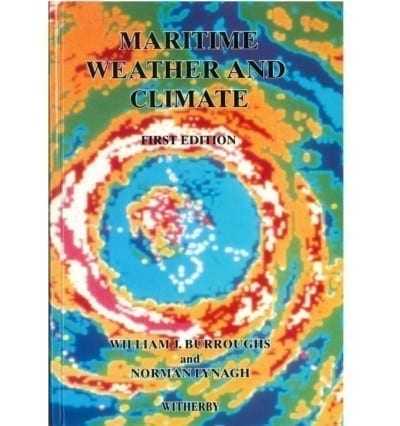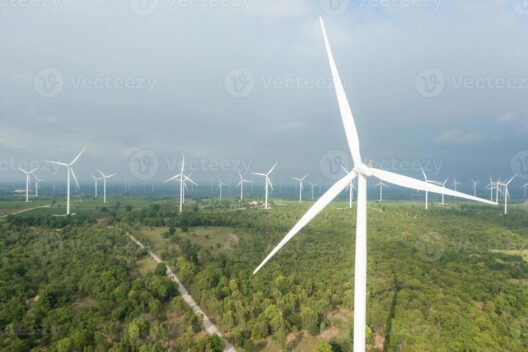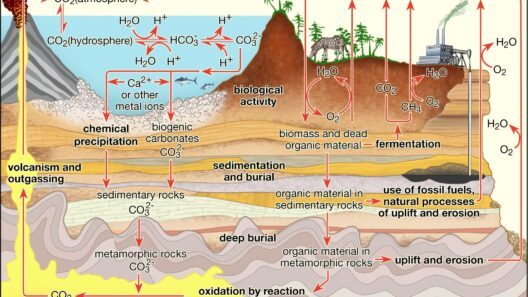Tornadoes, those violent and serpentine manifestations of atmospheric instability, have perpetually captured the human imagination. Their destructive prowess and sudden appearance evoke both fear and fascination. As global warming escalates, a critical inquiry emerges: do these formidable storms occur as a direct consequence of climate change? The relationship between tornadoes and global warming is intricate, steeped in meteorological complexities and broader climatological shifts.
First, it’s essential to delineate what tornadoes are. Formed from severe thunderstorms, tornadoes arise when warm, moist air near the surface meets cooler, drier air aloft. This interaction can create a supercell—a type of thunderstorm capable of producing large and violent tornadoes. The wind patterns, humidity levels, and temperature gradients all play pivotal roles in this process. However, the increasingly evident changes in global climate raise questions about the future behavior of tornadoes.
The intricacies of climate change manifest through elevated global temperatures, altered precipitation patterns, and a heightened frequency of extreme weather events. The average temperature of Earth has risen significantly due to human-induced greenhouse gas emissions, consequently influencing atmospheric conditions necessary for tornado formation. Warmer air can hold more moisture; this saturation is particularly crucial in the context of severe storms. When these conditions align with cold fronts, the potential for generating tornadoes may increase. Yet, establishing a direct causative link between tornadoes and global warming proves to be more convoluted.
The scientific community continues to investigate whether global warming contributes to an increase in tornado frequency or intensity. Recent studies indicate that while the overall number of tornadoes may not be surging, the conditions that foster severe thunderstorms could become more pronounced. The frequency of significant tornado outbreaks (those rated EF2 or higher on the Enhanced Fujita scale) might correlate with climate-related changes, although data remains inconsistent. Factors such as geographic location, local climatic conditions, and seasonal variations further complicate the narrative.
Moreover, the spatial distribution of tornadoes is likely to evolve with ongoing climate dynamics. Regions historically known for their tornado activity, such as the American Midwest, may experience shifts. A warming climate could expand the “Tornado Alley” further northward into areas like the Dakotas and Canada, where conditions may become conducive to tornado formation. Such trends would necessitate adaptability in disaster preparedness and response strategies, affecting millions of lives.
It must be acknowledged that there are limitations in our understanding. Tornado formation is inherently chaotic and multifaceted, influenced by a mélange of factors beyond temperature. For instance, wind shear—a change in wind speed and direction with altitude—plays a critical role in tornado genesis. While climatologists can model trends and make informed predictions, the stochastic nature of tornado events presents challenges. The interplay of local conditions with broader climatic forces cannot be underestimated, which complicates making unequivocal assertions about their relationship with global warming.
In tandem with these meteorological assessments, societal factors exacerbate the implications of tornado activity. As communities expand and urbanize, the potential for destruction increases. Densely populated areas are likely to suffer more catastrophic impacts when tornadoes strike, perpetuating the cycle of devastation. Thus, irrespective of whether tornado frequency increases, the repercussions of these storms could become increasingly severe in the context of greater vulnerability and exposure.
On a broader scale, the phenomenon of tornadoes serves as a conduit for understanding the profound effects of climate change. Increased awareness of tornado dynamics can galvanize public interest in climate science. The connection between severe weather events and the existential threat of global warming underscores the urgency for collective action. As climate patterns evolve, the imperative to engage in sustainable practices intensifies, fostering resilience within our communities.
In conclusion, while the relationship between tornadoes and global warming remains enigmatic, the evolving climate undoubtedly influences the underlying conditions for their formation. Understanding this intricate connection is paramount for disaster preparedness and mitigation strategies. Climate change, with its multifarious effects on weather patterns, demands that communities remain vigilant and adaptive. The interplay of atmosphere and climate continues to be a subject ripe for exploration and understanding, and the need for proactive measures has never been more pressing. Tornadoes remind us of nature’s raw power—a reminder that we must confront the formidable challenge posed by our changing climate head-on.


